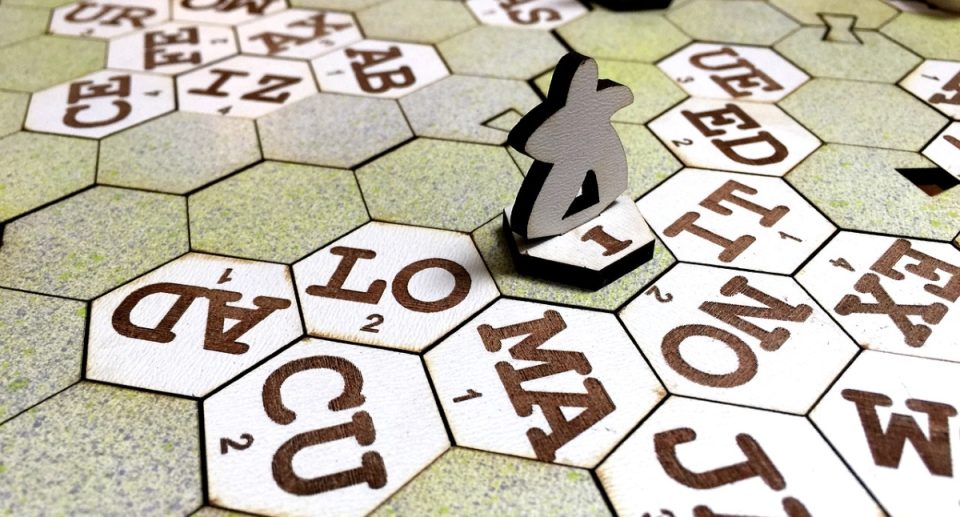A Beginner’s Guide to Learning Chess for Seniors

Chess is a game of strategy, skill, and patience that has fascinated players for centuries. Whether you’re looking for a way to challenge your mind, improve your problem-solving skills, or simply enjoy a relaxing activity, chess is an excellent choice. For seniors, learning chess offers numerous mental benefits, from improving cognitive function to sharpening memory. This beginner’s guide will walk you through the basics of chess, including the rules, strategies, and how to get started playing.
1. Why Chess is Great for Seniors
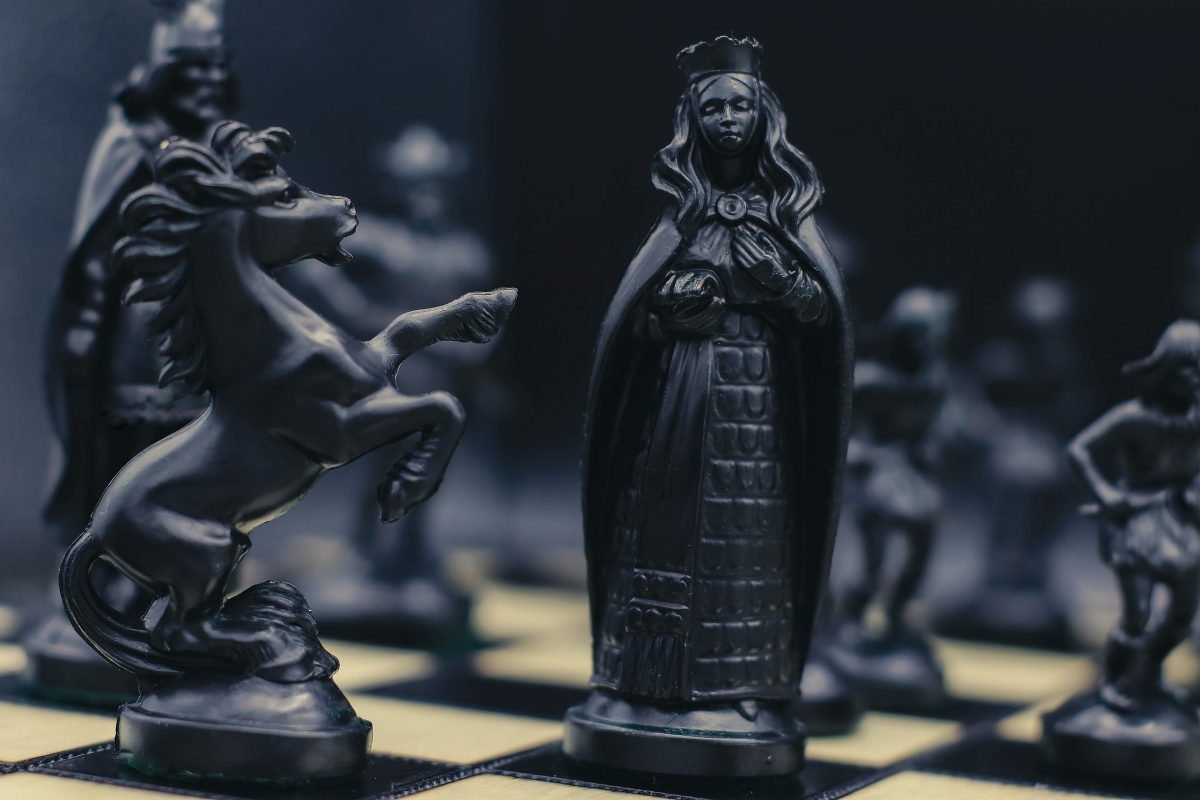
Before diving into the mechanics of chess, let’s explore why this game is particularly beneficial for seniors.
A. Mental Stimulation
Chess requires focus, planning, and foresight, which helps stimulate brain function. Engaging in regular mental exercise, such as chess, helps improve memory, critical thinking, and problem-solving skills.
B. Cognitive Benefits
Research has shown that playing chess can delay cognitive decline and reduce the risk of dementia. The game exercises both sides of the brain, helping seniors keep their minds sharp and active.
C. Stress Relief and Relaxation
Although chess is a competitive game, it can also be a relaxing and meditative experience. Concentrating on the board can help reduce stress and anxiety by shifting focus away from daily worries.
D. Social Interaction
Playing chess offers seniors an opportunity to interact with others, whether it’s in person or online. Joining a chess club or playing on digital platforms can help seniors stay connected, meet new people, and enjoy friendly competition.
2. Understanding the Chessboard and Pieces
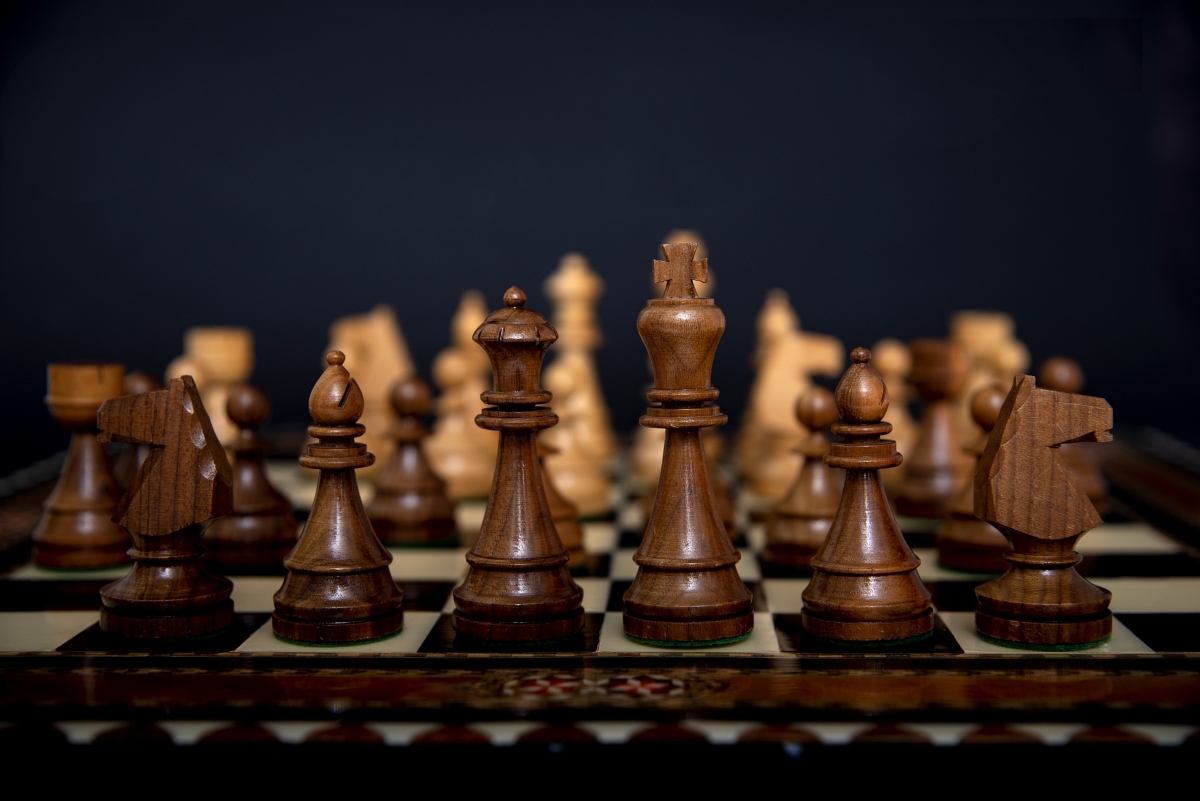
Chess is played on a square board divided into 64 squares (8 rows and 8 columns) of alternating light and dark colors. Each player starts with 16 pieces, and the objective is to checkmate the opponent’s king, meaning the king cannot escape capture.
Here’s a brief overview of the pieces and their movements:
A. The Pieces and Their Movements
- King: The most important piece. It can move one square in any direction—horizontally, vertically, or diagonally.
- Queen: The most powerful piece. The queen can move any number of squares in any direction—horizontally, vertically, or diagonally.
- Rook: Moves horizontally or vertically any number of squares.
- Bishop: Moves diagonally any number of squares.
- Knight: Moves in an “L” shape—two squares in one direction and then one square perpendicular. Knights can jump over other pieces.
- Pawn: Moves forward one square but captures diagonally. On its first move, a pawn can advance two squares.
B. Setting Up the Board
The chessboard should be placed so that each player has a light-colored square in the bottom-right corner. Each player’s second row (rank) is filled with pawns. The rooks go in the corners, followed by the knights next to them, the bishops next to the knights, and the queen on her color (white queen on a white square, black queen on a black square). The king occupies the remaining square next to the queen.
3. The Basic Rules of Chess

Now that you understand the pieces, let’s go over some of the basic rules of chess.
A. Objective of the Game
The goal is to checkmate the opponent’s king. Checkmate occurs when the king is under attack (in “check”) and has no legal move to escape the threat. The game can also end in a draw if neither player can achieve checkmate.
B. Turns
Players take turns moving one piece at a time. White always moves first, followed by black.
C. Special Moves
- Castling: A special move involving the king and a rook. The king moves two squares toward a rook, and the rook moves to the square next to the king. Castling can only be done if neither the king nor the rook has moved, the squares between them are empty, and the king is not in check.
- En Passant: A special pawn capture. If a pawn moves two squares forward from its starting position and lands beside an opponent’s pawn, the opponent can capture it “in passing” as if it had moved only one square.
- Pawn Promotion: When a pawn reaches the opposite side of the board, it can be promoted to any piece (except a king), typically a queen.
4. Basic Chess Strategies for Beginners
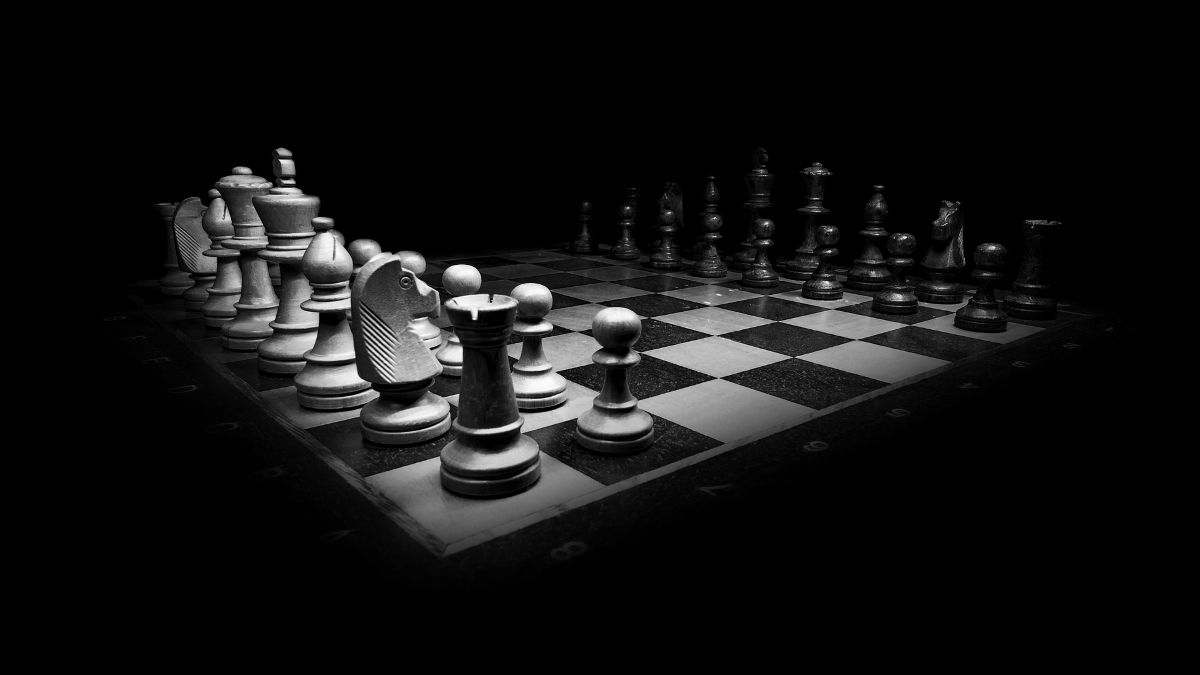
While learning the rules is important, understanding basic strategies will help you become a more effective chess player.
A. Control the Center
Controlling the center of the board is one of the key strategies in chess. By placing your pawns and pieces in the center, you gain greater control over the game and restrict your opponent’s movement.
B. Develop Your Pieces
In the opening phase, aim to develop (move out) your knights and bishops early. This helps position your pieces for attack and defense, giving you more options in the middle game.
C. Protect Your King
Early in the game, ensuring your king’s safety is important. Castling is a great way to tuck your king away into a safer corner of the board while also developing your rook.
D. Think Ahead
Rather than just focusing on your current move, always think several moves ahead. Try to anticipate your opponent’s moves and plan accordingly.
E. Avoid Moving the Same Piece Twice Early On
In the opening, try not to move the same piece multiple times. Instead, focus on developing all your pieces efficiently to gain control of the board.
5. How to Play Chess Online

The internet offers seniors plenty of opportunities to play chess, whether with friends, family, or other players worldwide. Here are some platforms to explore:
A. Chess.com
One of the most popular chess platforms, Chess.com offers everything from beginner tutorials to advanced lessons. You can play against the computer, challenge friends, or join tournaments.
B. Lichess.org
Lichess is a free, open-source chess platform that offers puzzles, practice games, and tournaments. The site is user-friendly and has a large online community.
C. Chess24
Chess24 provides a range of chess tools, including live games, tutorials, and videos from chess professionals. You can play against others or practice on your own.
6. Tips for Seniors New to Chess

Starting any new activity can be a challenge, but chess is a game that can be enjoyed at any age. Here are a few tips to help seniors get started with chess:
A. Take Your Time
Chess is a game of patience. Take your time to learn the rules, understand the movements of each piece, and develop your strategy. Don’t rush your moves—chess rewards careful thinking.
B. Learn from Mistakes
In chess, mistakes are growth opportunities. Don’t be discouraged by losses; instead, try to learn from them. Every game offers a chance to improve.
C. Practice Regularly
The more you play, the better you’ll become. Start with simple games, either against a computer or a friend, and work your way up to more challenging opponents.
D. Watch Tutorials
There are many online tutorials designed for beginners. Websites like YouTube offer free chess lessons from experienced players. Watching these tutorials can help you grasp new strategies and techniques.
E. Join a Chess Club or Community
Many senior centers, libraries, and online platforms offer chess clubs or forums where you can meet other players, practice, and share tips. Playing with others is a great way to stay motivated and enjoy the social benefits of chess.
7. Benefits of Chess for Seniors
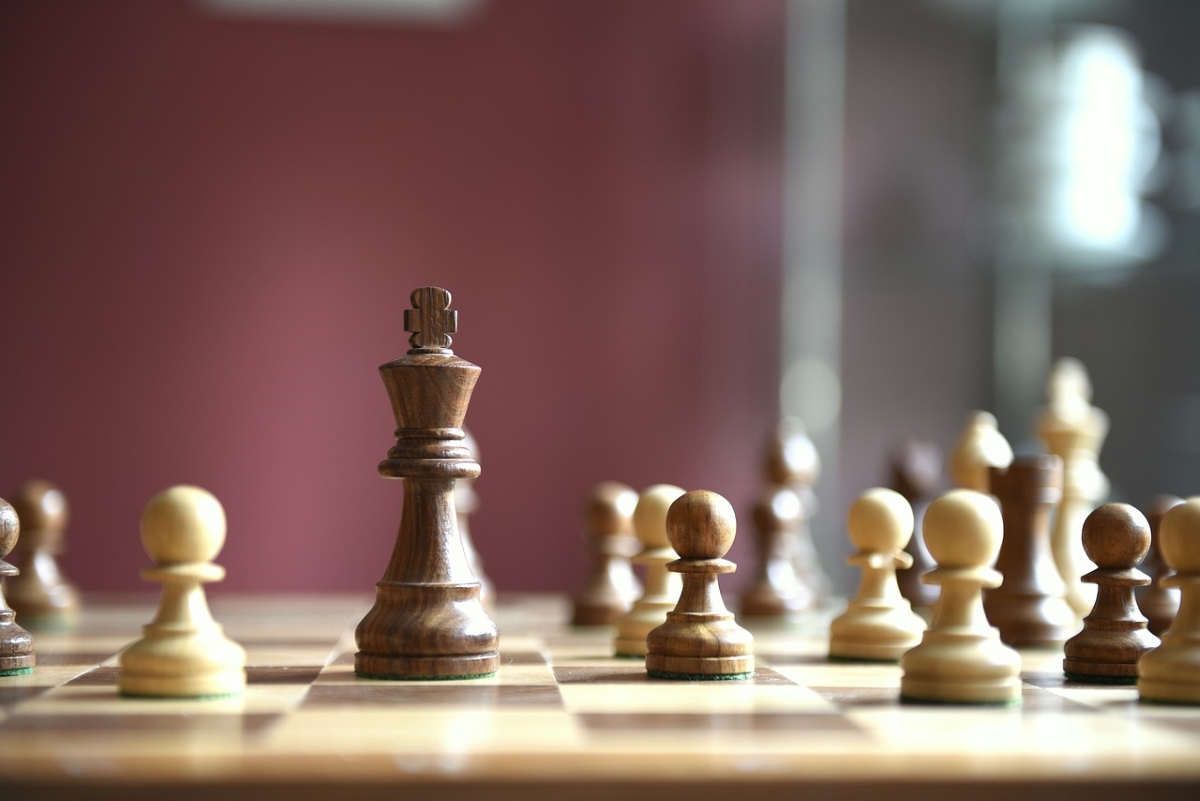
A. Mental Agility
Chess helps keep the brain sharp by encouraging critical thinking, strategic planning, and problem-solving. Playing regularly can improve memory and delay cognitive decline.
B. Focus and Concentration
Chess requires players to concentrate deeply on their moves and the potential consequences. This focus can enhance concentration skills in other areas of life.
C. Social Interaction
Whether playing in person or online, chess offers seniors a chance to engage with others. It’s a great way to connect with family, friends, or fellow chess enthusiasts worldwide.
Conclusion
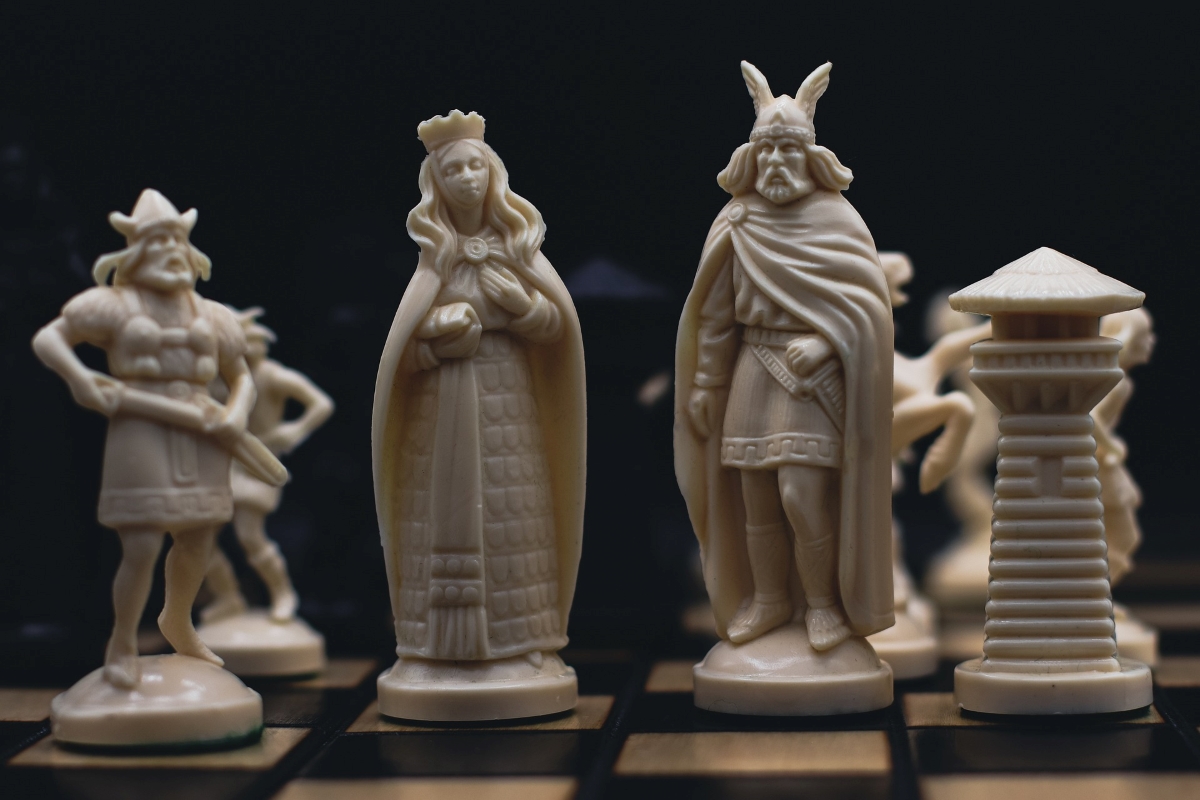
Learning chess as a senior can be a rewarding experience. Not only does chess provide a fun way to stay mentally active, but it also offers opportunities for social engagement and personal growth. By following this beginner’s guide, you’ll be well on your way to mastering the game and enjoying all the benefits that chess has to offer. So grab a chessboard, start playing, and discover the joy of chess!

